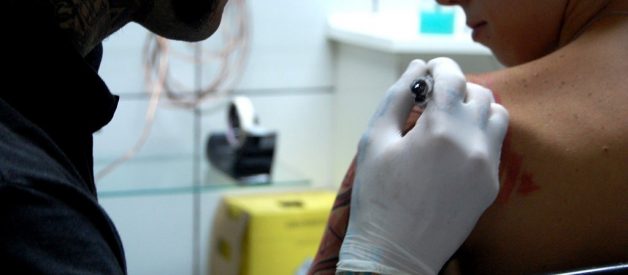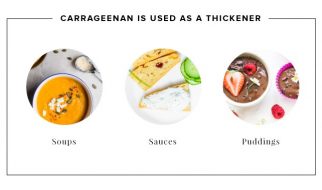Are these spiritual tattoos insensitive for an outsider or not?
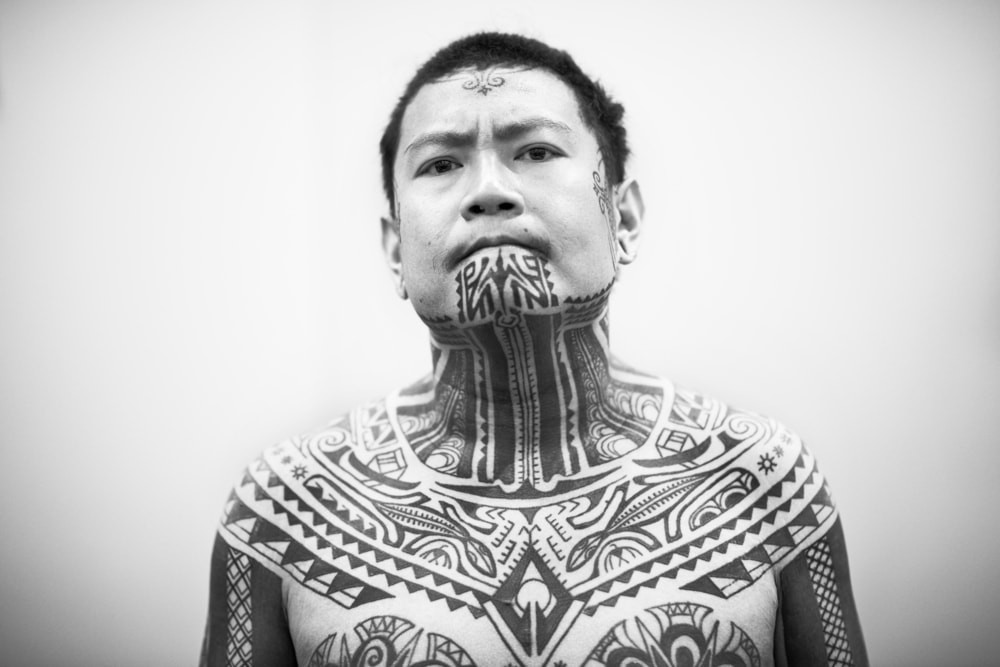 Tattooed Maori Man | Daniele Pisani / Shutterstock
Tattooed Maori Man | Daniele Pisani / Shutterstock
By Thalita Alves.
Traditional M?ori tattoos, known as t? moko, carry a lot of spiritual and mythical meaning. Designs adapted from this ancient New Zealand art form are not necessarily offensive ? provided you know what you?re getting.
The first step towards cultural awareness is getting your terminology right.
Kirituhi is the official name for a M?ori-style tattoo either created by or made for a non-M?ori person. The name comes from the words kiri (skin) and tuhi (to write, to adorn or to decorate). These custom-made designs are inspired by traditional conventions and can carry their own special meanings.
Anyone can get kirituhi, no matter where they come from or their cultural upbringing: they have been created so that M?ori can share their customs with the masses.
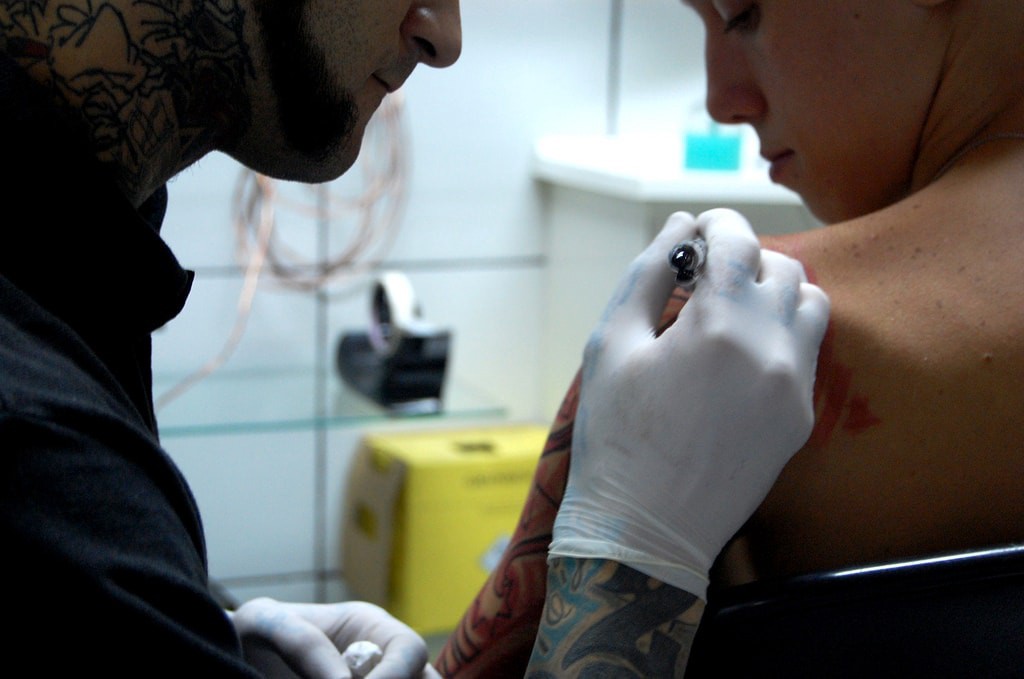 Kirituhi tattoo artist | Micael Faccio/Flickr
Kirituhi tattoo artist | Micael Faccio/Flickr
T? moko, on the other hand, is strictly ?M?ori only?. It is more than an art form or a fashion statement: the wearer is telling a story about their genealogy (whakapapa) as they use landmarks and ancestral symbols to depict their tribal affiliations (iwi) and social standing. It is also worth noting that not all M?ori tattooists can etch mokos ? the ones who do it are generally trained in wood carving first, in order to become fully aware of symbolism the art form carries.
A moko worn on the face is viewed an an undeniable statement of M?ori identity, as the head is believed to be the most sacred part of the body. Men and women alike can get facial moko, though the placement of these designs will differ according to gender. Women typically wear moko on their chins, and occasionally on their upper lip, forehead, nostrils and throat. Male moko usually cover the entire face and are divided into eight different sections that represent their father?s and mother?s rank and position as well as their own.
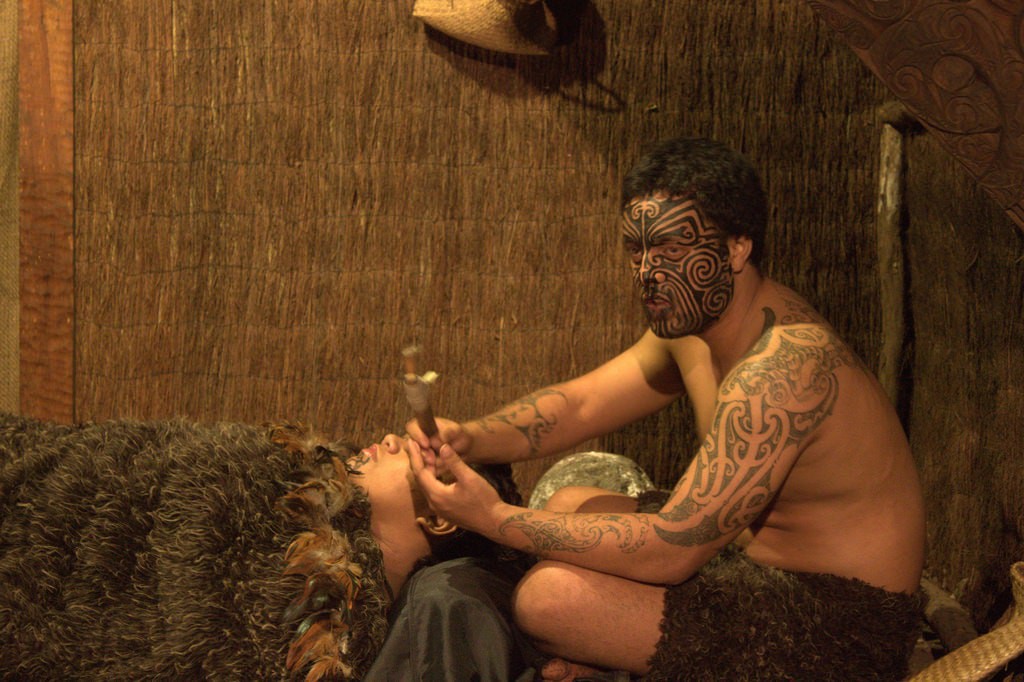 A demonstration of traditional Maori tattooing | RaviGogna/Flickr
A demonstration of traditional Maori tattooing | RaviGogna/Flickr
Colonisation and a widespread suppression of M?ori culture in the 20th century meant the art of t? moko was in decline until the 1970s. Resurgence was slow to begin with, even facing some negative stigma along the way. Despite all of this, traditional tattooing found a successful revival within a couple of decades as a way of expressing pride in the M?ori identity.
T? moko still carries the same meaning and implications of the past, but it is continuously adapting to contemporary implications.
Hand tools (ihu) were typically used to tap the designs onto the skin. For facial moko, a cut was made and ink was rubbed into the wounds. A chisel was used in other body parts. Some people still use these methods today, though most default to the modern guns and needles ? the latter is much quicker, less painful and more precise.
New moko traditions have also surfaced, with people getting tattoos on different body parts and extending their designs to incorporate other aspects of their lineage. They may, for instance, ask for designs that represent their children as well as their ancestors. Basically, the old is coming together with the new, as history and cultural values evolve and redefine.
While kirituhi designs are generally deemed acceptable, commercialising M?ori culture is an issue that sparks a lot of controversy.
A Californian company selling temporary tattoos recently came under scrutiny for its ?misappropriation? of M?ori designs. Similarly, Nike came under fire in 2013 for releasing a range of sports apparel patterned in a mix of Polynesian and New Zealand tattoo motifs. In 2014, the Australian edition of Marie Claire magazine was criticised for featuring a photograph of actress and model Gemma Ward with a moko painted on her chin.
This phenomenon is not isolated to tattooing, however. Questions about who can perform a haka have been prevalent for a number of years, as have debates about who owns the intellectual rights for M?ori taonga (treasures). Even academia has tried to shed light on the appropriation of indigenous New Zealand artifacts in the local tourism industry.
In the end, cultural awareness is what makes the difference. If you want to get inked the best thing you can do is research ? watch some documentaries, do some background reading, and consider getting a New Zealand artist with a sound knowledge of the art form to do the job. This will ensure you?re getting an authentic, culturally-sensitive kirituhi you can proudly call your own.
Originally published at theculturetrip.com, where you can read more of Thalita?s work.
